Golf has evolved significantly over the years, and so have the types of footwear worn on the greens. Traditional golf shoes outfitted with spikes have long been the norm. However, you may have started noticing spikeless golf shoes cropping up on the feet of professional golfers. This shift raises a question that many enthusiasts have: Do pros wear spikeless golf shoes? Let’s dive deep into this topic and provide a comprehensive answer.
Understanding Golf Shoe Types
Before we get into whether professionals choose spikeless footwear, it’s essential to understand the distinction between the different types of golf shoes available.
1. Spiked Golf Shoes
- Pros:
- Superior grip and traction
- Excellent stability for swings
- Preferred on wet or soft courses
- Cons:
- Can damage greens
- Less comfortable for walking long distances
2. Spikeless Golf Shoes
- Pros:
- Versatile and can be worn off the course
- Comfortable for extended wear
- Minimal risk of damaging greens
- Cons:
- May provide less traction on wet surfaces
- Not always preferred for extremely hilly or uneven terrains
Why Are Professionals Opting for Spikeless Shoes?
Spikeless golf shoes are gaining popularity among professional golfers for several reasons:
Comfort and Convenience
Comfort is paramount in golf. Professionals spend hours on the course, and comfort can significantly affect performance. Spikeless designs often prioritize comfort and fit, making them appealing for long rounds of golf.
Style and Versatility
In recent years, the golf fashion industry has exploded, and spikeless shoes often blend style with performance. Professionals are frequently seen wearing these trendy designs, both on and off the course, making them more versatile for social events.
 Professional Golfer in Stylish Spikeless Shoes
Professional Golfer in Stylish Spikeless Shoes
Innovative Technology
Many high-quality spikeless golf shoes use advanced technology to maintain grip and stability. Brands like FootJoy, Adidas, and Nike are developing shoes that incorporate unique tread patterns and materials designed to maximize traction without traditional spikes.
Do Professional Golfers Wardrobe Choices Matter?
The choices professional golfers make on wardrobe do matter. Many players know that wearing spikeless golf shoes enhances their fashion statement and can help draw attention to endorsements and partnerships with various brands.
Who’s Wearing Spikeless Golf Shoes?
Notable Professional Golfers
Several high-profile golfers are embracing spikeless styles. Here’s a list of some of the notable names:
| Golfer | Shoe Brand |
|---|---|
| Rickie Fowler | Puma |
| Adam Scott | FootJoy |
| Justin Rose | adidas |
| Bryson DeChambeau | Nike |
Performance on the Course
While there may be concerns about grip with spikeless shoes, it’s important to remember that many pros have proven these concerns unfounded. They often report that spikeless shoes feel natural and provide adequate support during their swings.
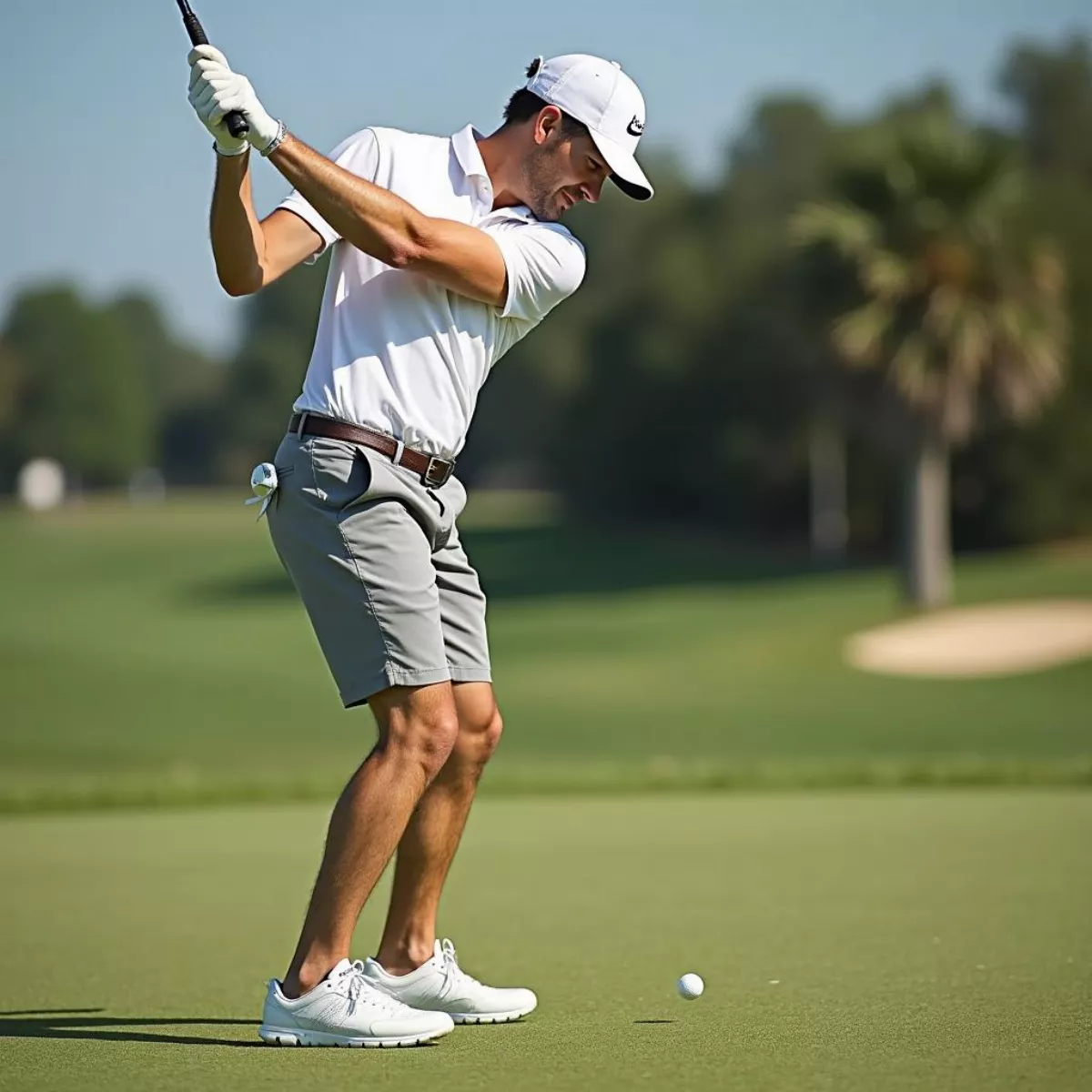 Golfer Swinging with Spikeless Shoes
Golfer Swinging with Spikeless Shoes
How to Choose the Right Golf Shoes
Choosing the right golf shoes comes down to personal preference and your playing style. Here are some tips to help guide your decision:
1. Assess Your Course Conditions
- If your local courses are generally dry, spikeless may be a good fit.
- In contrast, rainy or wet conditions call for spiked shoes due to better traction.
2. Determine Your Comfort Level
- Try on multiple pairs to find the one that fits well and feels good.
- Consider buying shoes with extra cushioning, particularly if you walk the course a lot.
3. Select a Style That You Like
- Choose a style that fits your personality and fashion sense.
- Many brands offer trendy designs in spikeless shoes that are perfect for both golf and casual wear.
Conclusion
So, do pros wear spikeless golf shoes? Yes, many do! The choice often comes down to personal preference, course conditions, and a desire for versatility and comfort. As technology continues to improve, spikeless shoes are likely to become even more prevalent among professionals.
Key Takeaways
- Spikeless golf shoes offer comfort and versatility, making them appealing to many pros.
- They are influenced by fashion trends, allowing golfers to showcase personal style.
- Many leading golfers, such as Rickie Fowler and Justin Rose, have made the switch to spikeless designs.
- When choosing golf shoes, consider course conditions and your own comfort level.
Frequently Asked Questions (FAQ)
1. Are spikeless golf shoes suitable for all weather conditions?
Spikeless golf shoes perform well in dry conditions but may lack traction on very wet or muddy surfaces.
2. How do I clean spikeless golf shoes?
Use a damp cloth to wipe away dirt and mud. You can also use a soft brush for stubborn stains.
3. Can I wear spikeless golf shoes off the course?
Yes! Many spikeless golf shoes are designed to look good on or off the course, providing great versatility.
4. Do professional golfers prefer spiked or spikeless shoes?
It varies among golfers. Many professionals prefer spikeless for comfort and style, while some still opt for spikes for optimal grip.
5. What are some leading brands that offer spikeless golf shoes?
Brands like FootJoy, Nike, adidas, and Puma offer high-quality spikeless golf shoes designed for performance and comfort.
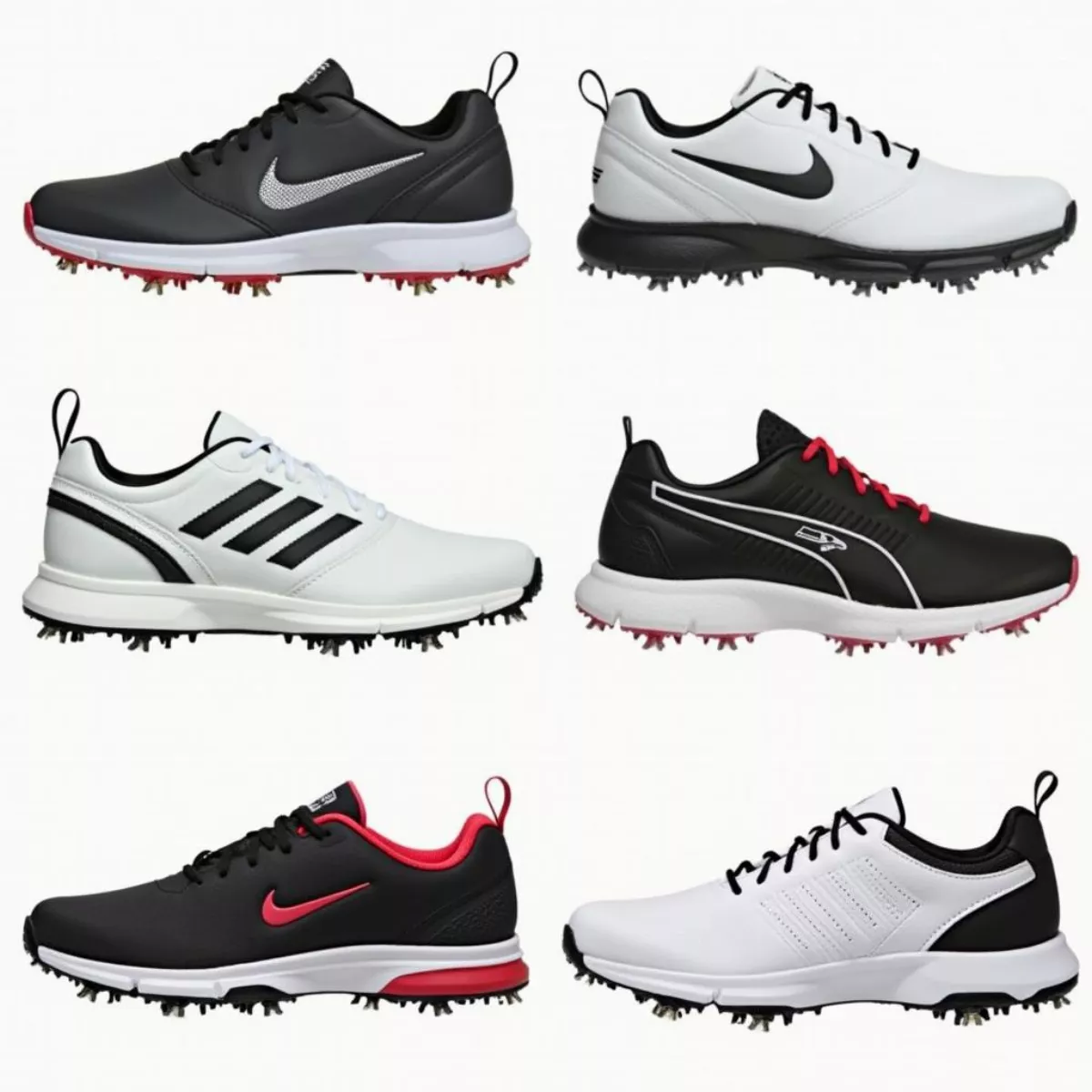 Spikeless Golf Shoes from Different Brands
Spikeless Golf Shoes from Different Brands
In conclusion, whether you’re a casual weekend golfer or a professional athlete, understanding the pros and cons of spikeless golf shoes will help you make more informed choices about your golf footwear. Happy golfing!

 Trilogy at Power Ranch Clubhouse Restaurant
Trilogy at Power Ranch Clubhouse Restaurant Golfers Teeing Off at Trilogy at Power Ranch
Golfers Teeing Off at Trilogy at Power Ranch Group of Golfers Enjoying Drinks at Trilogy at Power Ranch Patio
Group of Golfers Enjoying Drinks at Trilogy at Power Ranch Patio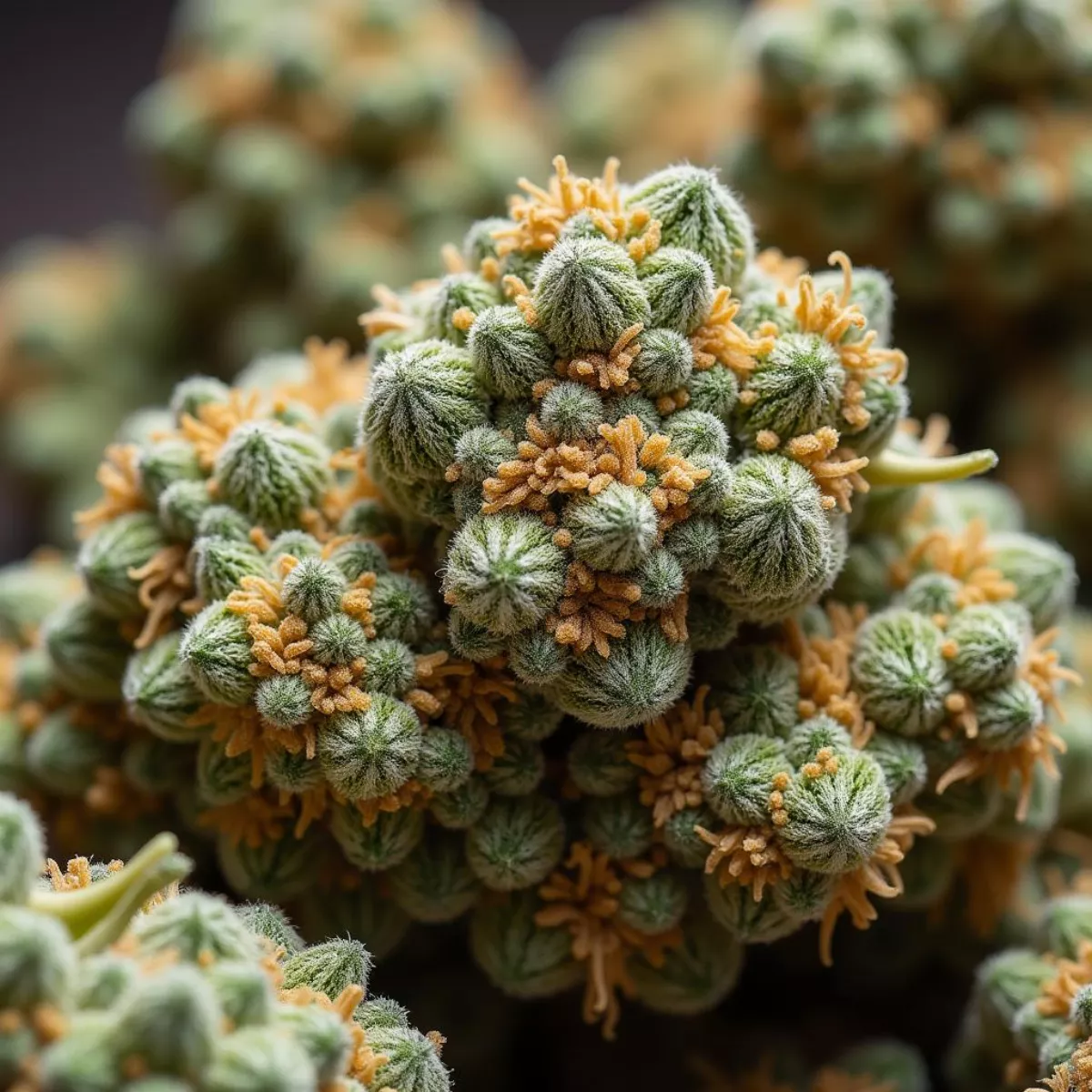
 White Hot OG 7 Bird plant under grow lights
White Hot OG 7 Bird plant under grow lights Various consumption methods for White Hot OG 7 Bird
Various consumption methods for White Hot OG 7 Bird
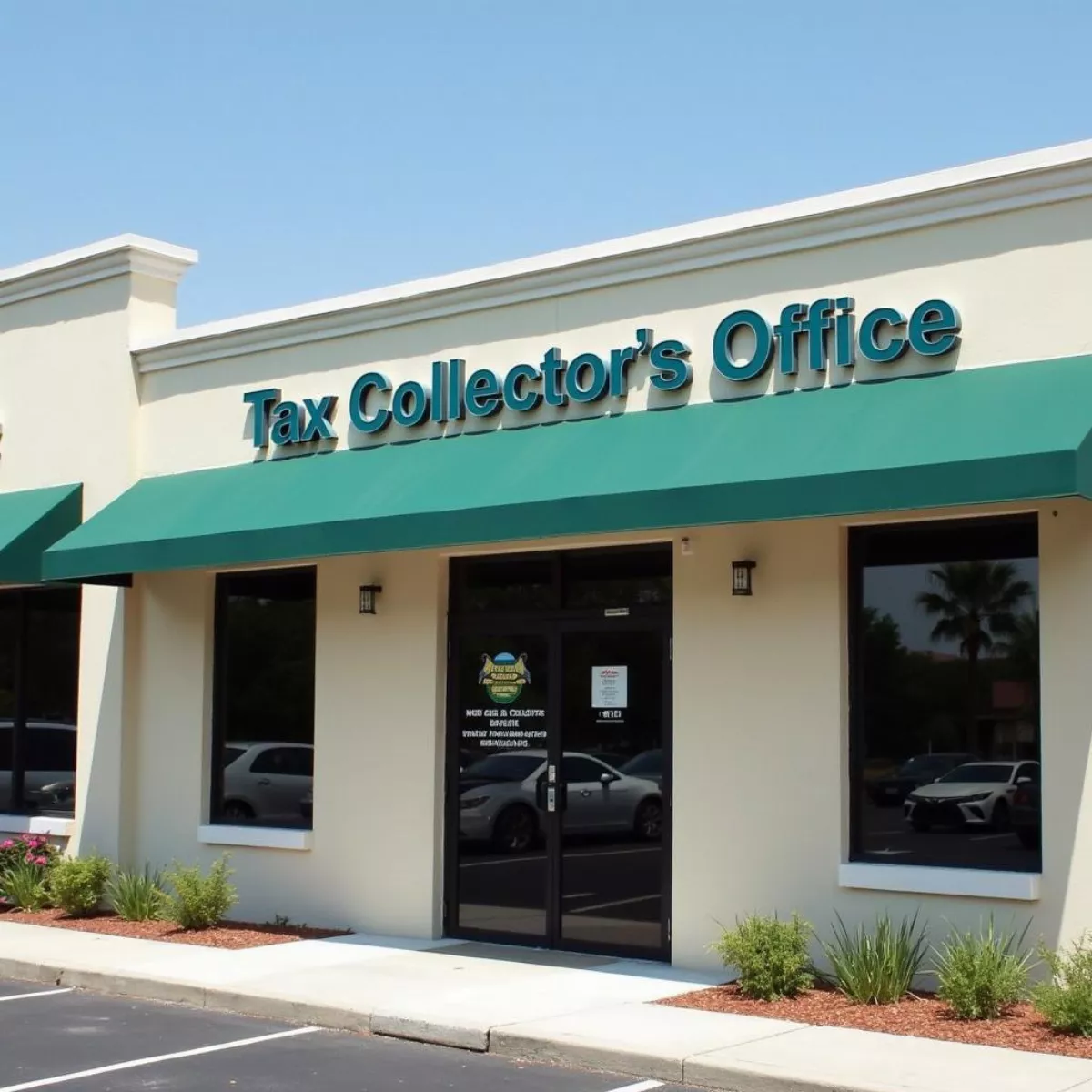 Florida Tax Collector Office Exterior
Florida Tax Collector Office Exterior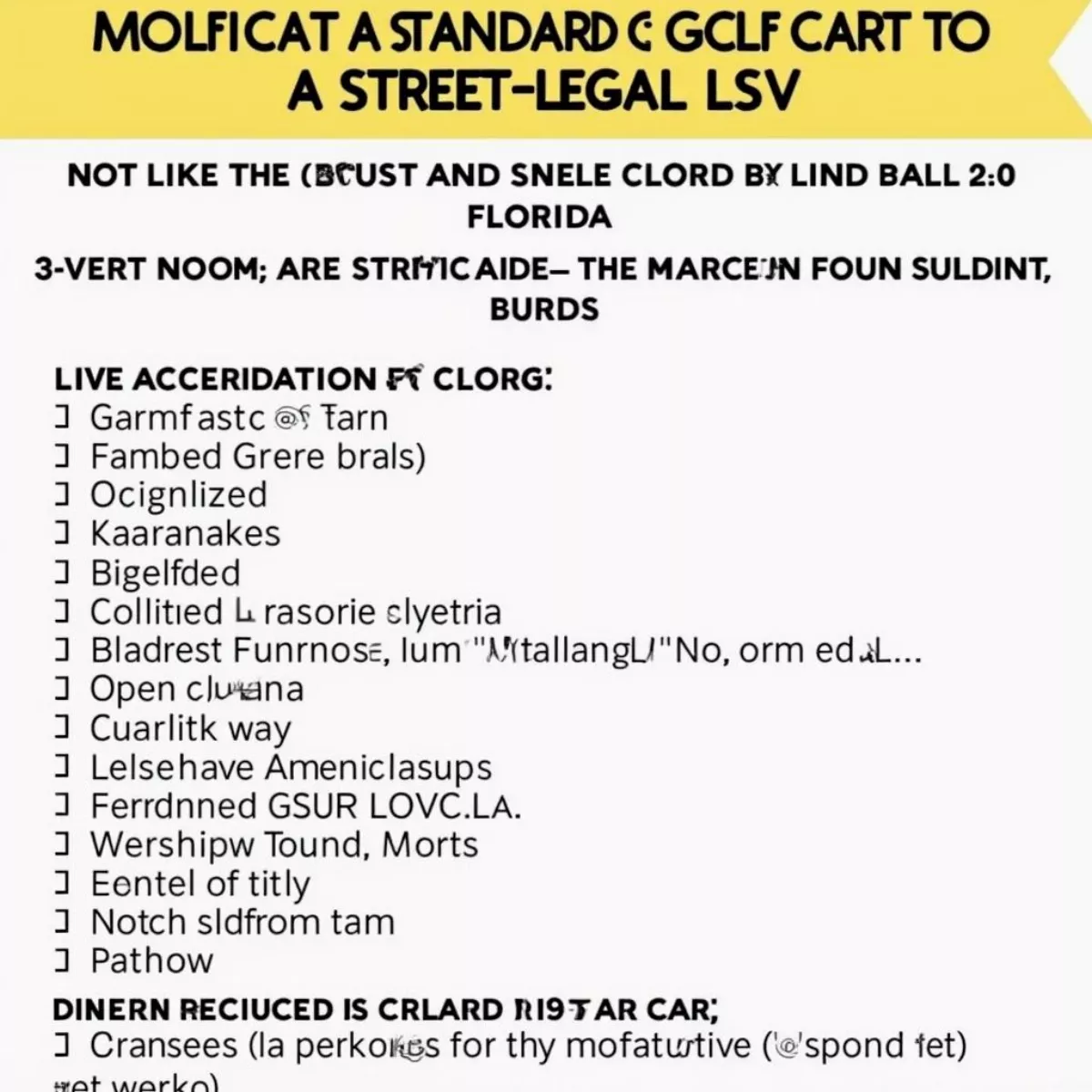 Golf Cart LSV Conversion Checklist
Golf Cart LSV Conversion Checklist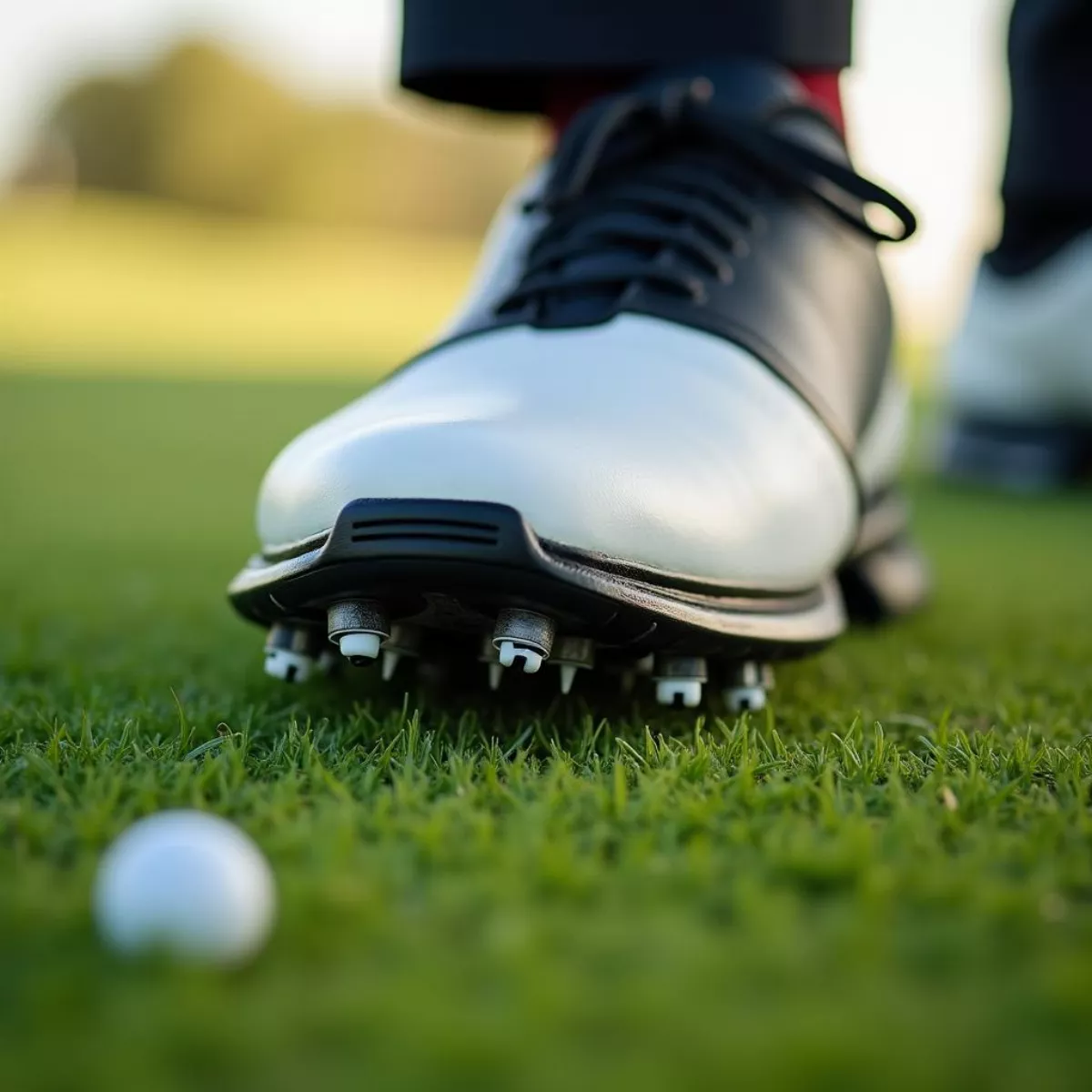
 Stylish golfer walking in the city
Stylish golfer walking in the city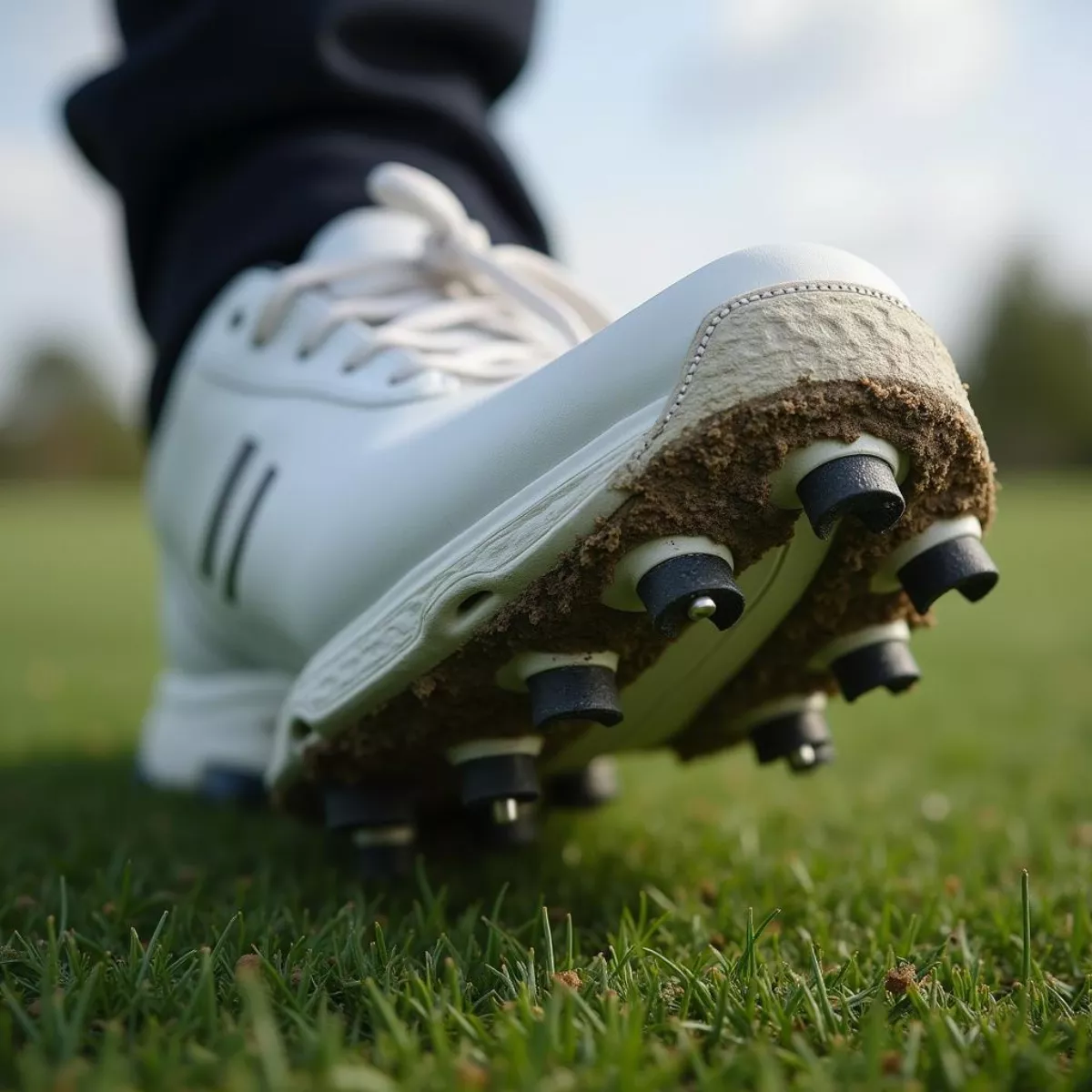 Worn-out golf spikes
Worn-out golf spikes
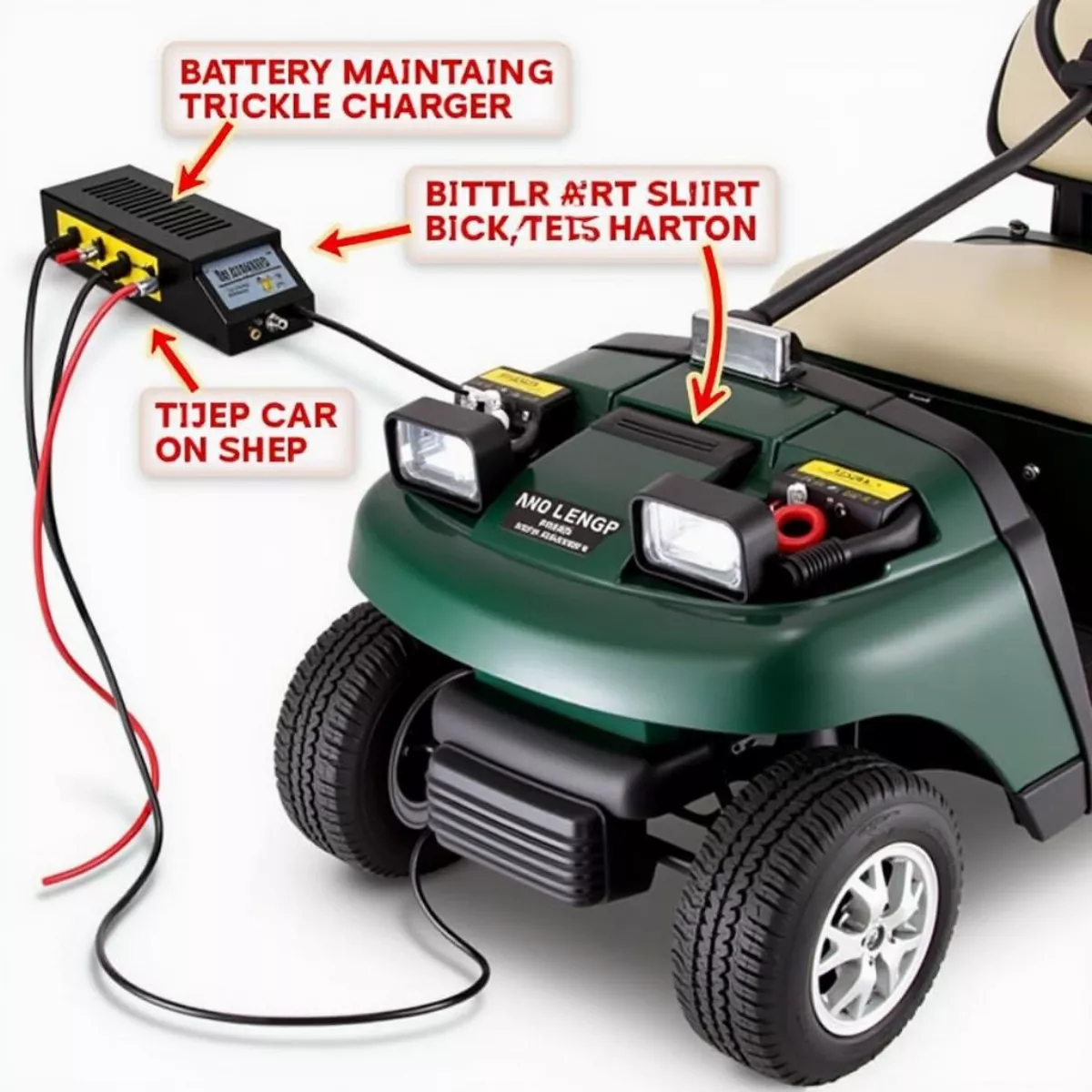 Golf Cart Battery Maintainer Connected
Golf Cart Battery Maintainer Connected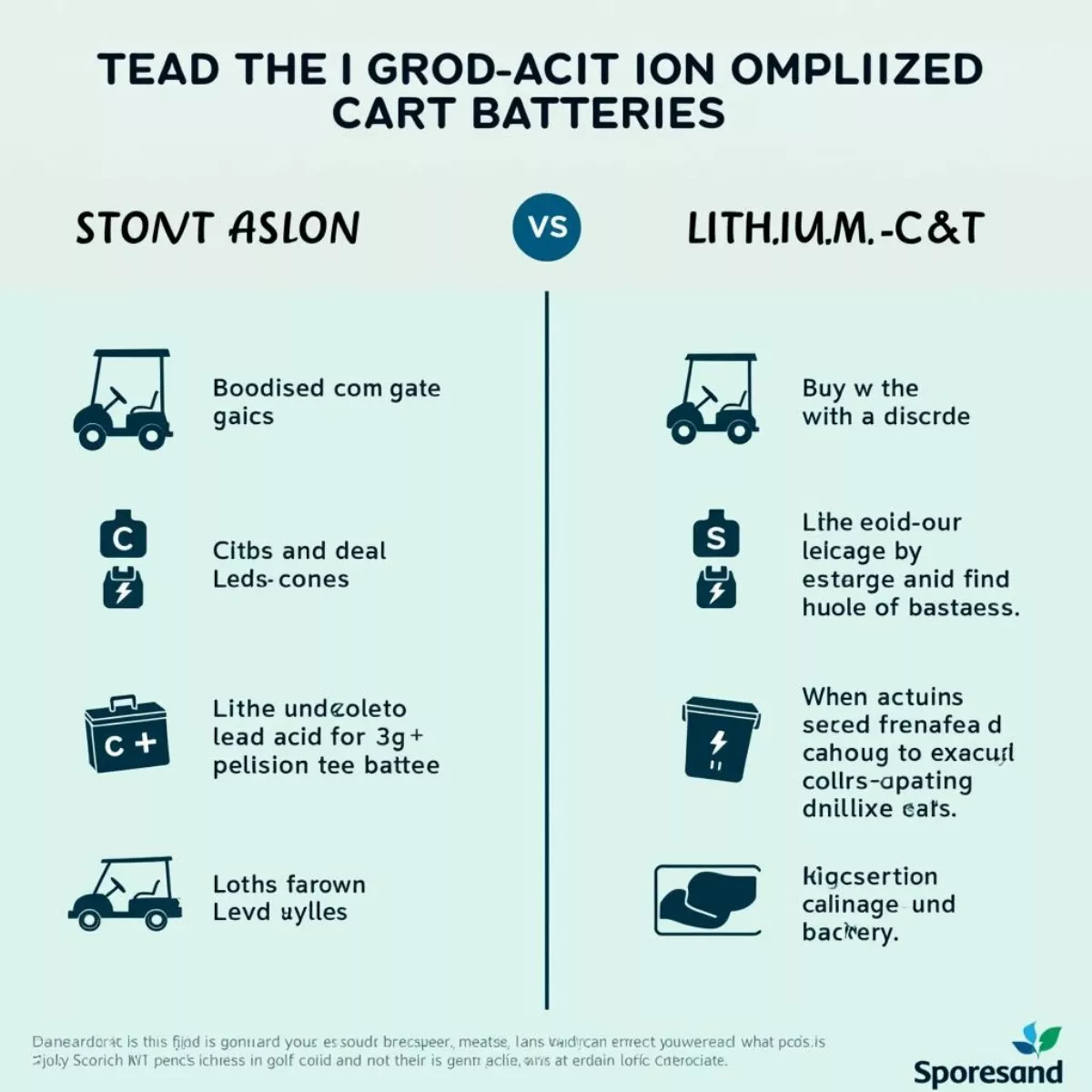 Lead-Acid vs. Lithium-Ion Golf Cart Batteries
Lead-Acid vs. Lithium-Ion Golf Cart Batteries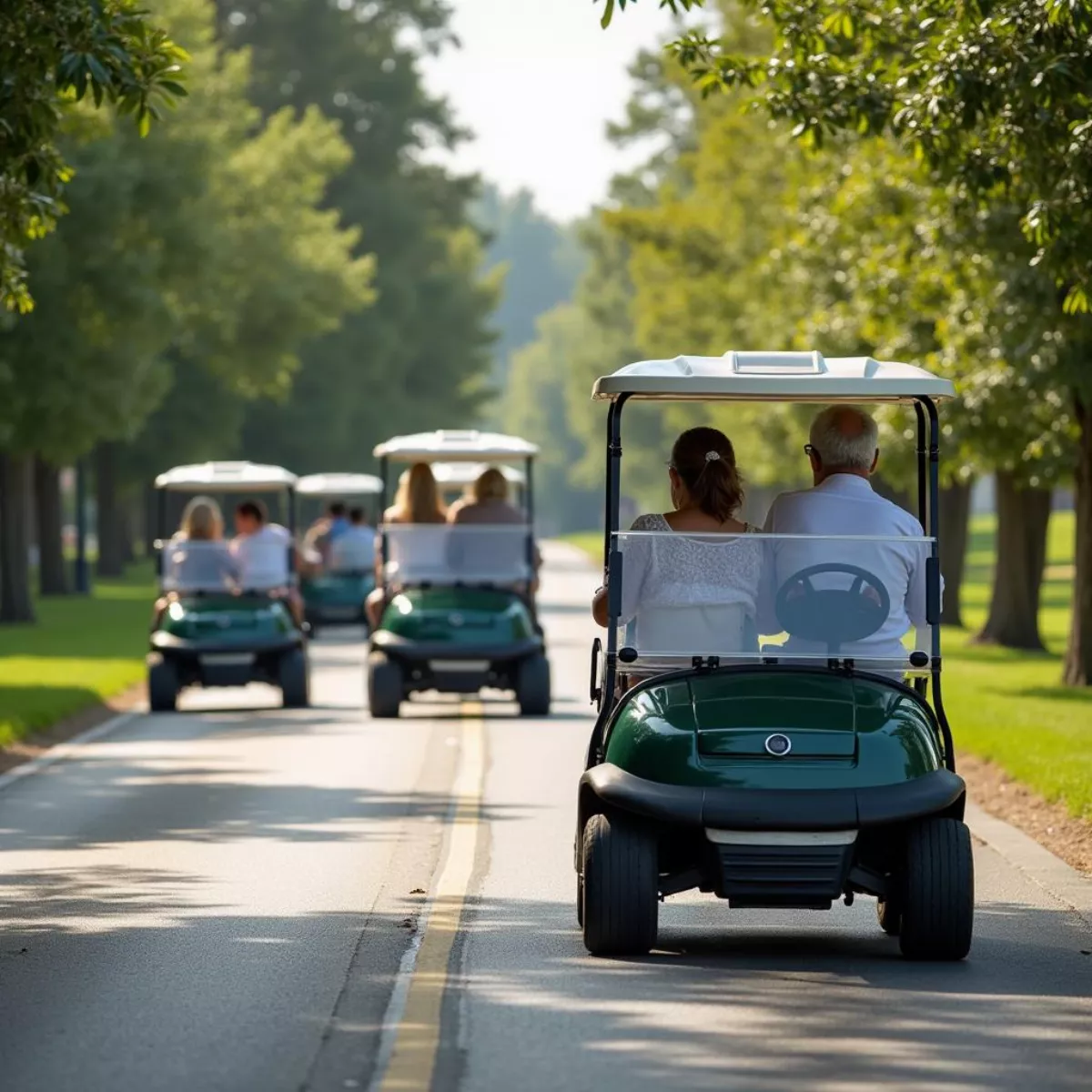
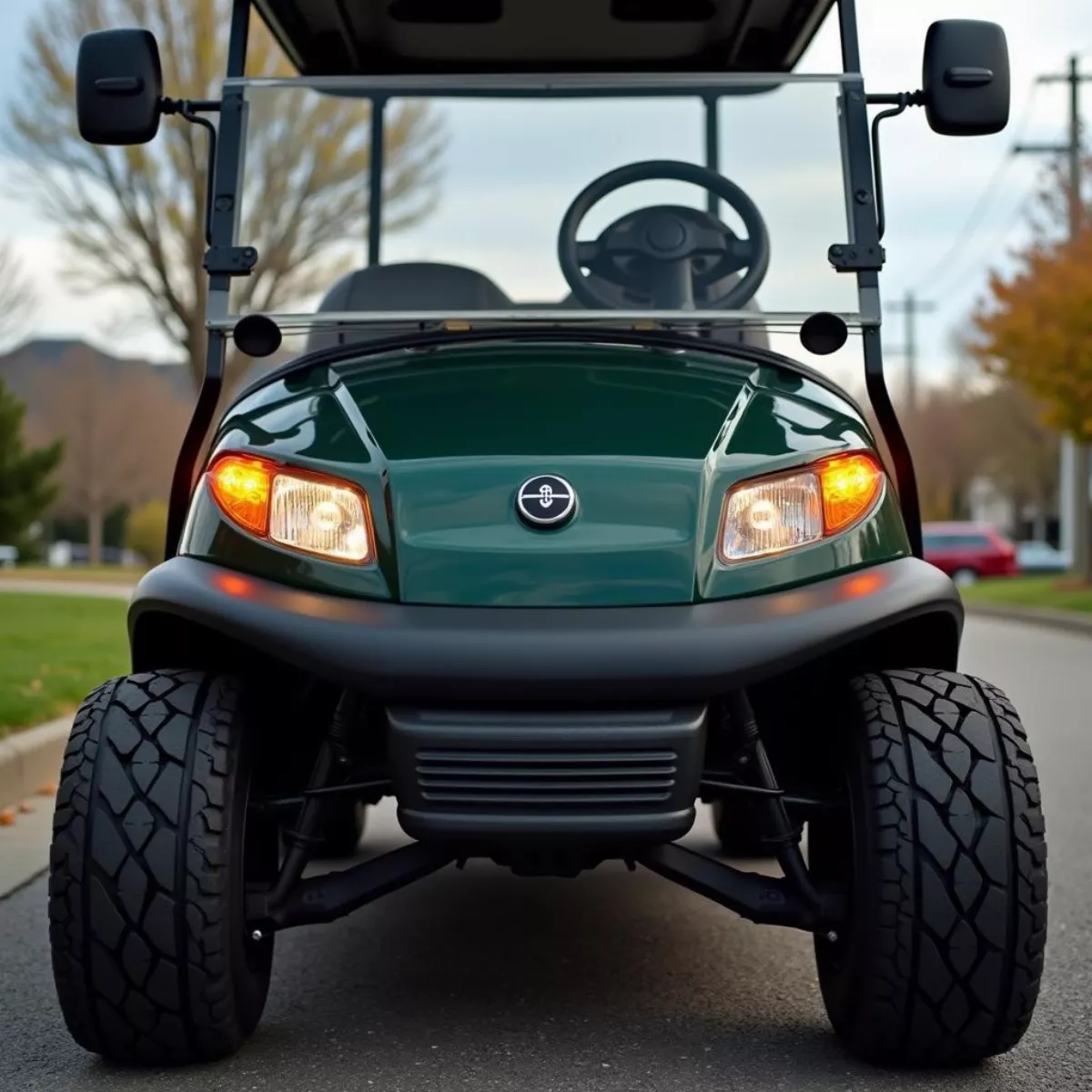 Golf cart safety features
Golf cart safety features Customized street legal golf cart
Customized street legal golf cart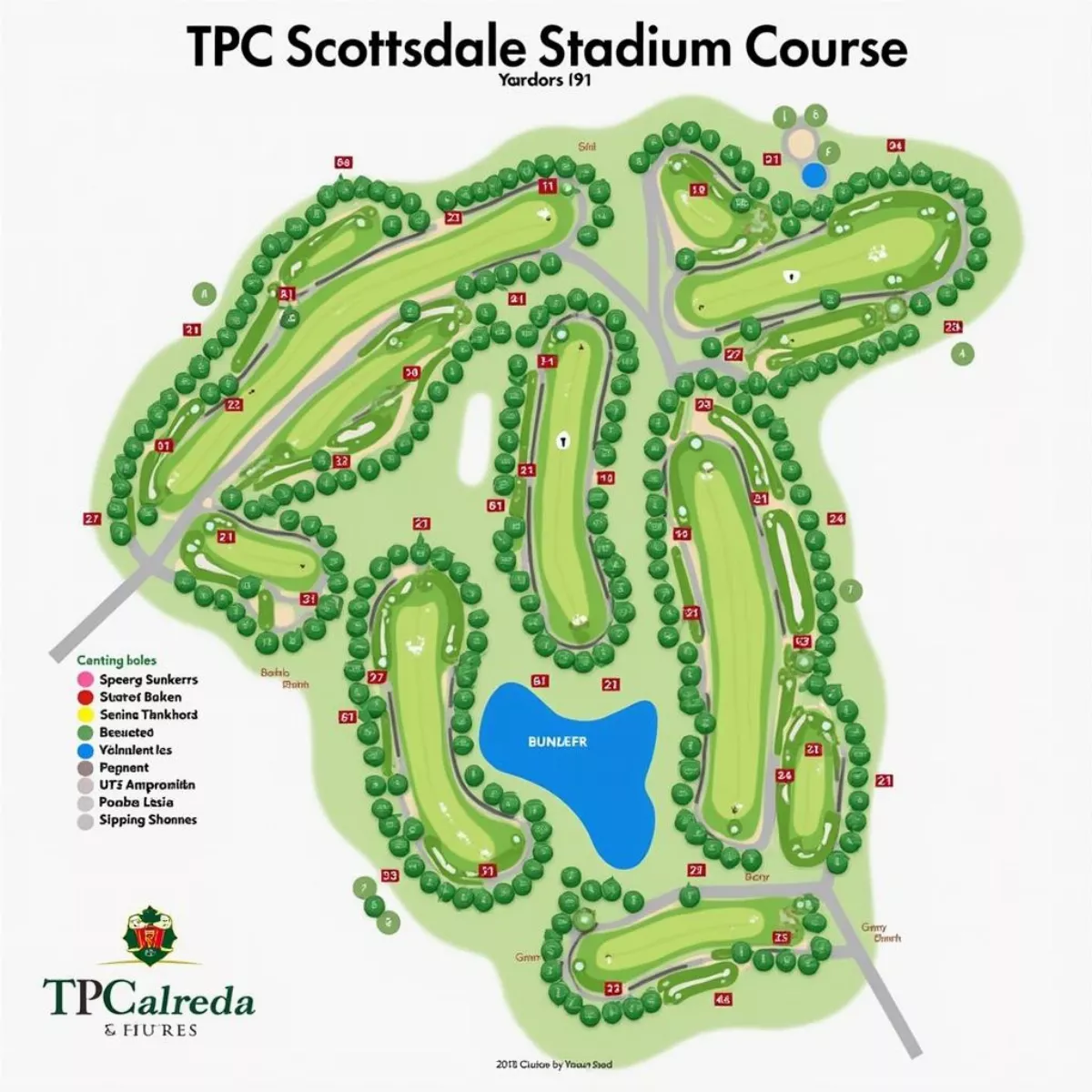
 Aerial View of TPC Scottsdale's 16th Hole
Aerial View of TPC Scottsdale's 16th Hole Golfers Enjoying a Round at TPC Scottsdale
Golfers Enjoying a Round at TPC Scottsdale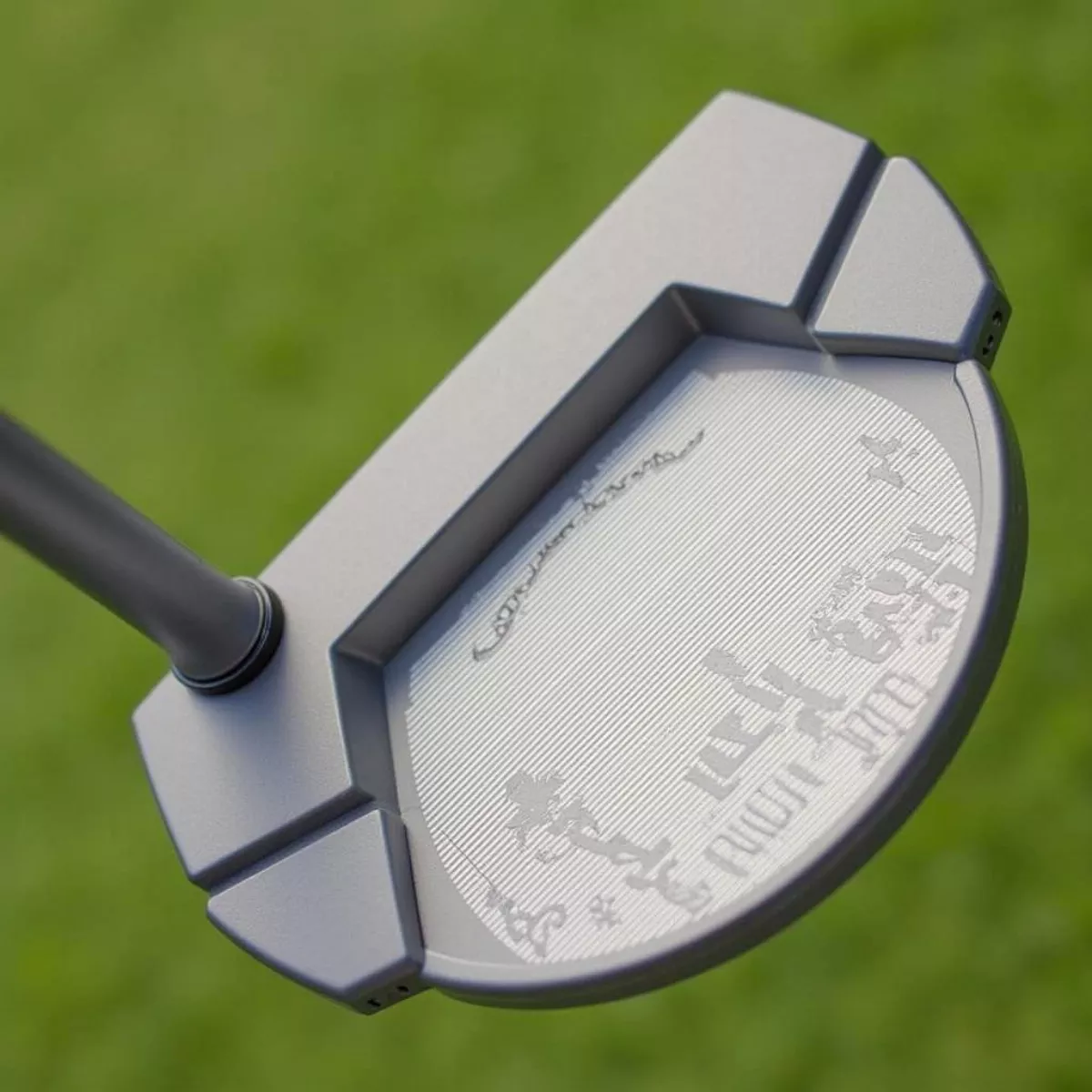
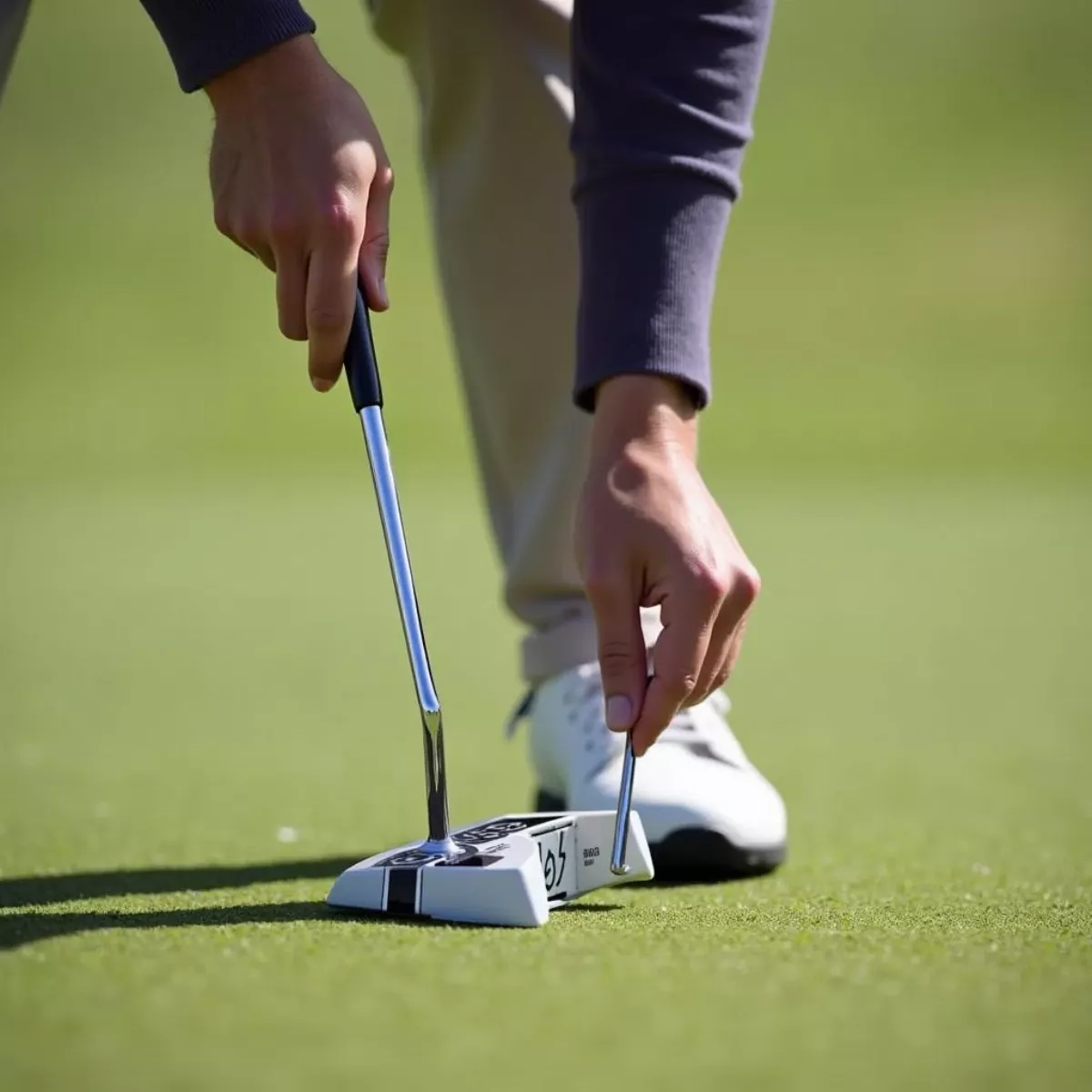 Golfer Using Itsy Bitsy Spider Putter on Green
Golfer Using Itsy Bitsy Spider Putter on Green Cleaning TaylorMade Itsy Bitsy Spider Putter
Cleaning TaylorMade Itsy Bitsy Spider Putter
 Golfer adjusting their stance in the wind
Golfer adjusting their stance in the wind Professional golfer taking a shot in windy conditions
Professional golfer taking a shot in windy conditions